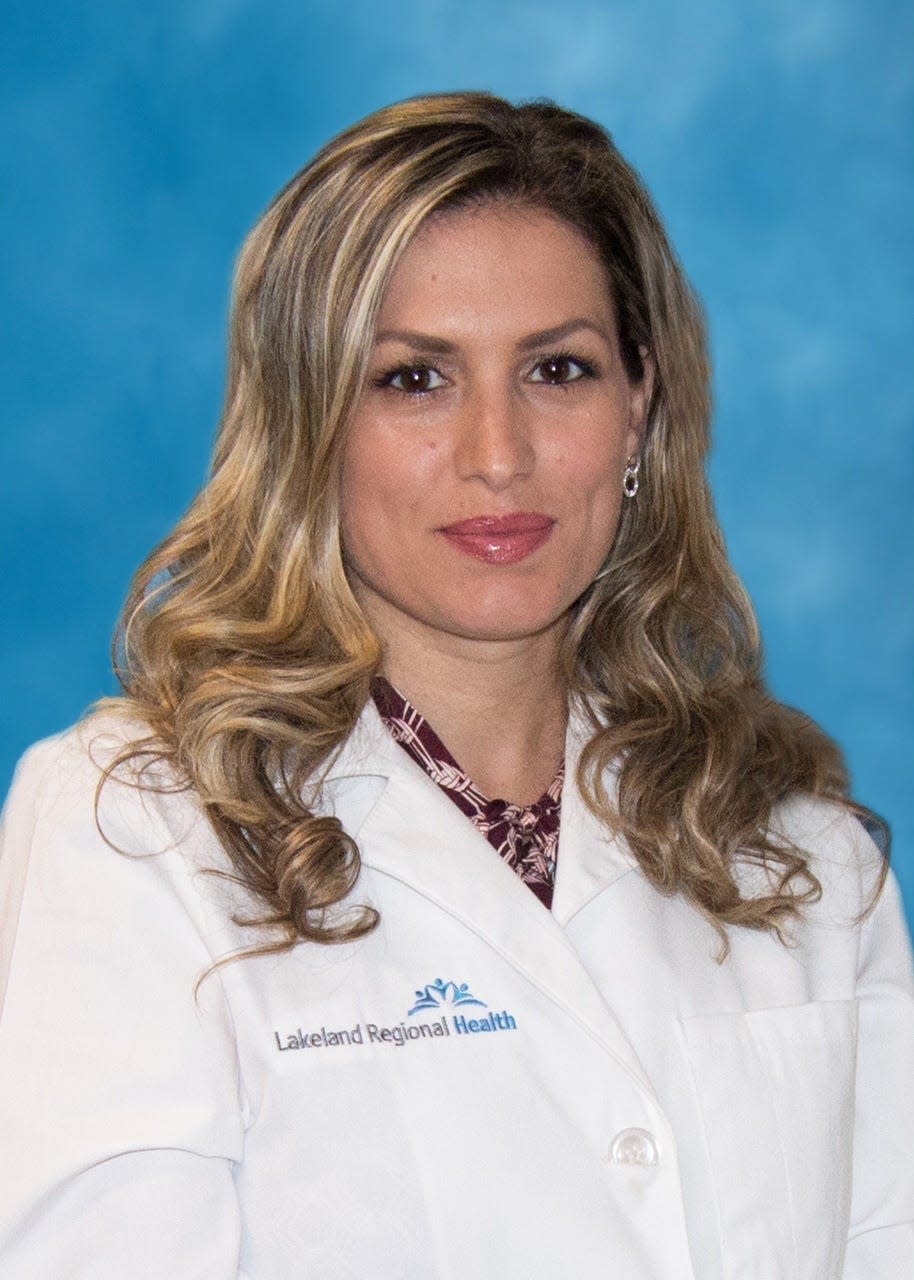Game changers for diabetics
GLP-1 Agonists and SGLT-2 Inhibitors
May Be Game Changers for Diabetics
By Robin Williams Adams
Your Health Correspondent
More than 50 brands of medication, including different types of insulin, are on the market for treating diabetes.
Successive waves of research have brought different categories of drugs to the forefront over the years, even as long-available metformin stays dominant as first-line therapy for type-2 diabetes.
Their growing numbers show the vast, some might say overwhelming, array of treatment options available for patients if they can afford them or insurance covers them.
Newer classes of drugs — GLP-1 agonists and SGLT-2 inhibitors — are the ones now getting increased attention, research and study.
Some consider these newer drugs game changers because of research showing benefits beyond blood sugar control occurring in diabetic patients who take specific ones.

“They have been game changers,” letting some type-2 diabetics go off insulin, said Dr. Vindya Boelke, a Watson Clinic endocrinologist.

“There are a lot of good medicines out there,” said Dr. Jessica Castellanos, a Bond Clinic endocrinologist, agreeing that GLP-1 angonists and SGLT-2 inhibitors are game changers.
“(But) they are very expensive and some patients can’t afford them.
This scenario has occurred on a parallel stage with ongoing concern about the affordability of insulin, which type-1 diabetics need routinely.
As do some type-2 diabetics.
With type-1 diabetes, the body can’t manufacture insulin. With type 2, the body isn’t making enough insulin or can’t process it correctly.
As a result, people develop high blood sugar that endangers their health.
Competition is fierce among diabetes drug makers seeking to fill those gaps. As a current example, television viewers may recognize the names Ozempic and Trulicity from frequent advertising.
Ozempic, approved in 2017 for diabetes and taken by weekly injection, and Rybelus, approved in 2019 and taken daily in pill form, are brand names of the same drug, semaglutide.
They fall in the GLP-1 agonists camp. As do Trulicity (dulaglutide) and other drugs with tide at the end of their non-brand names.
GLP-1 agonists is an acronym for glucagon-like peptide 1 agonists.
They stimulate the body to produce more insulin. Extra insulin helps lower blood sugar levels.
They also help control appetite and slow down release of food from the stomach.
GLP-1 agonists have shown benefit in weight loss as well as blood sugar control. Research found some drugs in that category may lower risk of serious cardiovascular problems for type-2 diabetics with heart disease.
Trulicity got Food and Drug Administration approval in 2020 for reducing cardiovascular events. Ozempic got approval in 2020 for cardiovascular risk reduction in adults who have type-2 diabetes and known heart disease.
“The only reasons I would not use GLP-1 receptor agonists is if (patients) tried and had side effects or due to cost,” Boelke said.
SGLT-2 inhibitors allow patients to get rid of sugar fast through the urine. They’ve lowered weight in some patients with type-2 diabetes.
Several studies also said they were associated with reduced risk of major cardiovascular events like heart failure, according to a meta-analysis in Journal of the American Medical Association’s cardiology magazine..
SGLT-1 stands for sodium-glucose cotransporter 2.
Patients may know them by brand names like Farxiga (dapagliflozin), Invokana (canagliflozin) and Jardiance (empagliflozin).
With insulin and other drugs, determining which drug to prescribe depends on each patient’s individual medical profiles, such as other drugs they take, other medical conditions and what they’re willing to do in exercise and lifestyle changes.
Cost is another major factor, one doctors interviewed recognize but dislike.

“It’s trying to figure out with insurance — there are so many brands now – which they will cover,” said Dr. Erjola Balliu, endocrinologist with Lakeland Regional Health.
GLP-1 agonists typically are taken by weekly injections. Rybelus, taken as a daily pill, offered a new choice.
Having more oral options available for treating diabetes has helped significantly, said Dr. Cara Nelson-James, medical director for Central Florida Health Care.
“Many of our patients are opposed to injectables,” she said.
“Having another medication to offer those on a max(imum) dose of metformin and a sulfonylurea (drug) is helpful while we gently guide them toward the idea that they need insulin.”
Rybelsus does impose some added requirements, however, such as taking it every morning on an empty stomach and waiting 30 minutes before any other medications or food, said Gloria Willey, certified diabetes care and education specialist at Watson Clinic.
Despite these promising findings for newer drugs, metformin remains the first-line therapy for most diabetics, local doctors said.
Multiple combination drugs have metformin as one of their ingredients.
It’s affordable and has a long track record. But, over time, it can become less effective, especially for type-2 diabetics.
Passage of the Inflation Reduction Act last month brought renewed attention to the difficulties many patients face in affording insulin.
Doctors interviewed said they’re pleased by the upcoming monthly cap on cost of insulin for Medicare patients, but were disappointed by the removal of provisions that would have capped its cost under commercial plans.
“Insured patients often have high deductibles that they have to meet before coverage begins,” Nelson-James said.
Boelke said 80 percent of her patients report difficulty in affording insulin and other medications.
Most insurance plans cover at least one GLP-1 and one SGLT-2 drug, Willey said.
Patients can reach the “doughnut hole” in Medicare coverage more quickly than they realize, Balliu said.
For some, the cost becomes so prohibitive that doctors need to change their treatment.
Food insecurity is an often overlooked area — linked to low income and high drug costs — that can cause major problems for diabetics.
They begin eating more and more pasta and other carbohydrates, cheaper but detrimental to their health when eaten in excess.
“Not being able to afford healthy meals is a big problem for patients with diabetes,” Castellanos said. “I always ask the patient, ‘What vegetables are you eating?”’
Contact Robin Williams Adams at robinwadams99@yahoo.com
This article originally appeared on The Ledger: Newer classes of drugs are showing variety of benefits

